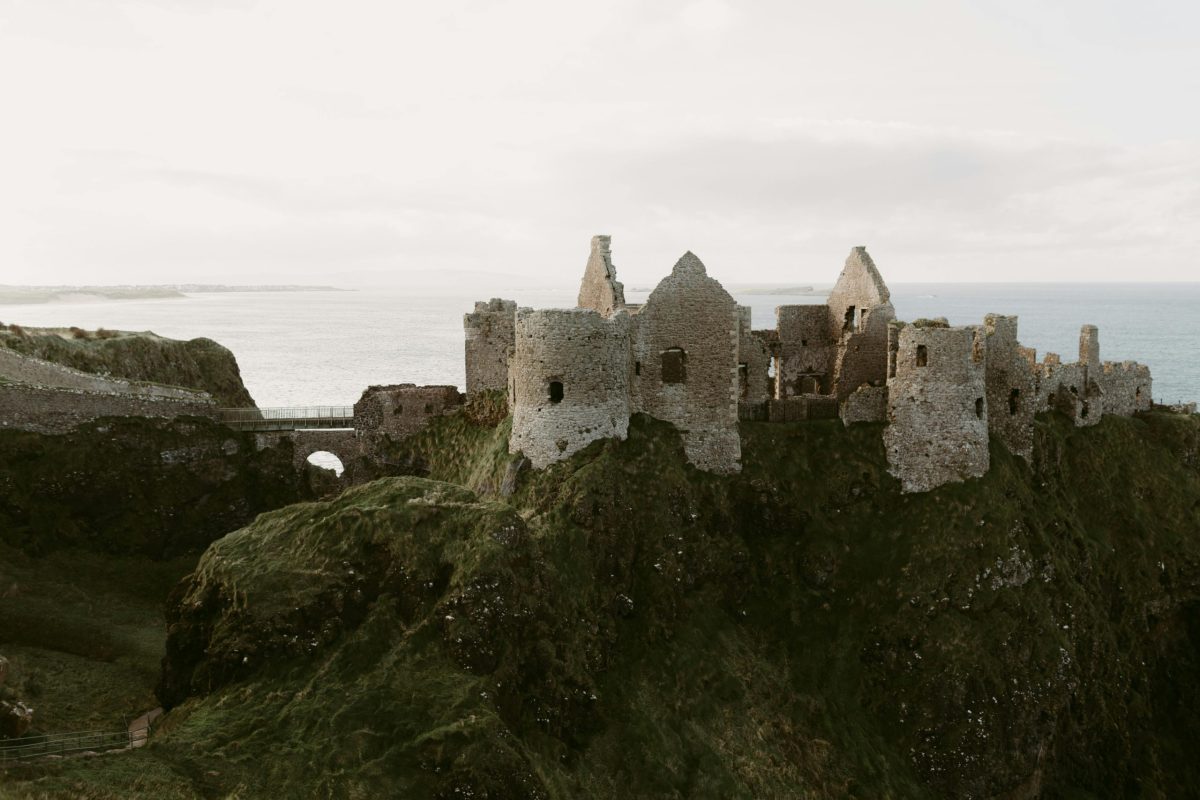Uncategorized
Remembering the Tuam Babies: A Mother’s Fight for Justice
Remembering the Unmarked Grave: The Untold Story of the Tuam Babies and the Mothers Who Fought for Justice
Estimated reading time: 6 minutes
Key Takeaways
- Over 800 infants died at the Tuam Mother and Baby Home between 1925 and 1961.
- The scandal of the mass grave was uncovered by local historian Catherine Corless.
- The Tuam Babies became symbols of systemic failure and oppression faced by women in Ireland.
Table of Contents
Introduction
The Heart of the Story
The Wider Echo
The Now & The Next
Did You Know?
FAQs
Final Word
Introduction
In the chill of an Irish dawn, a silence speaks louder than words. Darkness drapes over the memory of the Tuam mothers, their cries unheard, their children unmarked in the cold, hard earth. They were not just statistics; they were lives smothered by a system that deemed them unworthy of love, remembrance, or dignity. Today, as we peel back the layers of history, their story emerges, raw and unfiltered, echoing through the plains of Galway, and into the hearts of those determined to seek justice.
The Heart of the Story
In the years following World War II, a dark chapter emerged in the quiet town of Tuam, County Galway. Between 1925 and 1961, over 800 infants died at the Tuam Mother and Baby Home, part of a system designed to ‘safeguard’ society from the shame of single motherhood. Hidden behind high walls, these babies were labeled the ‘lost children’ — their unmarked graves found only recently, revealing the horrors endured by their mothers. It was not until a local historian, Catherine Corless, unearthed the scandal of the mass grave that the world turned its gaze on this forgotten tragedy. “They were children born, and children we should remember,” she said, rallying a movement. Each name uncovered is a heartbeat that thrummed with the potential for life — dreams shattered, futures erased.
The Wider Echo
This revelation reverberated through Ireland like a thunderclap, awakening the nation’s conscience. The Tuam Babies became symbols of a systemic failure, a haunting reminder of the oppressive forces wielded over women throughout Irish history. It shone a light on how society’s moral compass faltered; how the Church wielded its power, casting shadows over the lives of the vulnerable. The aftermath of this revelation fueled discussions around the need for accountability and acknowledgment — of the pain suffered and the injustices ignored. Politicians, activists, and citizens rose up, demanding reparations, memorials, and, most importantly, a promise never to forget. “There needs to be a memorial, a place for these babies,” said Mary Robinson, standing alongside mothers’ groups, echoing a sentiment that resounded across the country.
The Now & The Next
In contemporary Ireland, the scars of the past remain raw and unhealed. The fight for justice for the Tuam babies has ignited a broader movement for social change. Today, the conversation extends beyond the walls of those crumbling institutions, addressing the rights of mothers and children across the country. The wounds run deep, but hope thrives in the activism of organizations advocating for reforms, urging recognition of the past and protection for the future. As mothers reclaim their agency, others, who once carried the shame of society on their shoulders, stand tall. The diaspora remembers, too; as Irish hearts gather in Boston pubs, New York stages, and Sydney streets, those echoes of silence become a chorus demanding justice and healing.
Did You Know?
- Over 800 babies were buried in unmarked graves at the Tuam Mother and Baby Home, which opened in the 1920s.
- Historians estimate that 1 in 5 of the children born in the home died during their early years due to neglect and poor living conditions.
FAQs
What was the purpose of Mother and Baby Homes in Ireland?
These homes were intended to house women who became pregnant outside of marriage, often run by religious institutions that enforced strict codes of morality.
How has the Irish government responded to the Tuam Babies scandal?
Numerous calls for investigations and memorials have been made, with some efforts toward accountability. However, many believe more action is necessary to address the historical injustices faced by the women and children involved.
Final Word
The story of the Tuam babies is a lament woven into the fabric of Ireland’s identity. It is a call to remember those we lost, to demand justice for the mothers who fought bravely in an unforgiving world. As we honor those lives, let us not forget the strength it takes to reclaim our narratives, to carve spaces of kindness where once there was silence. If you carry the same pride we do, you’ll find a piece of home waiting at
HubIrish.com.

